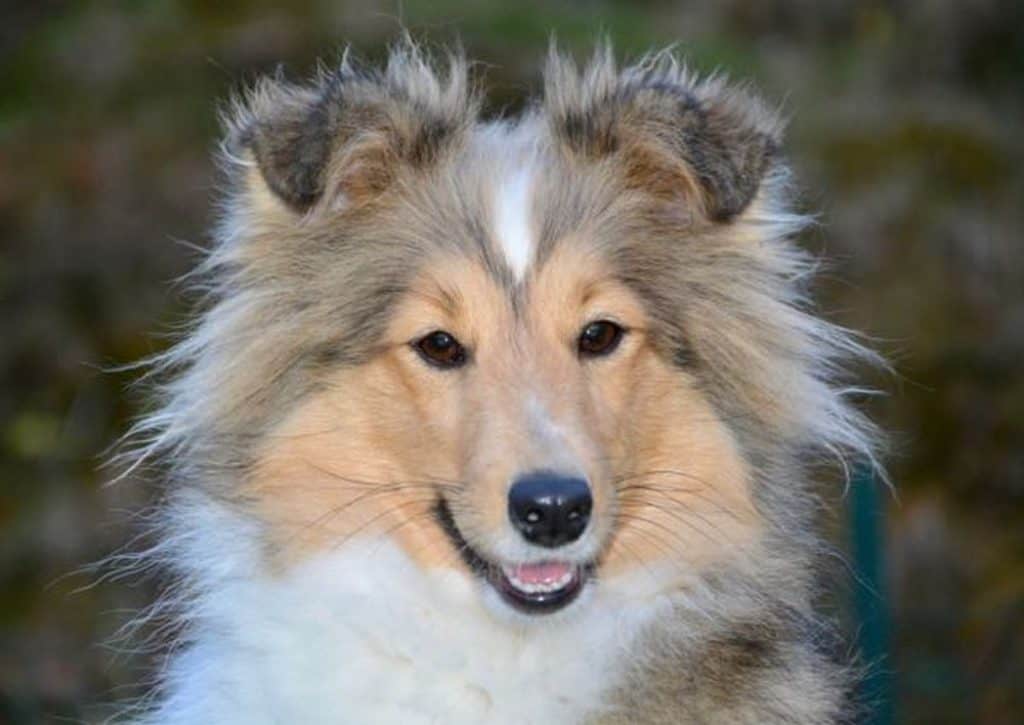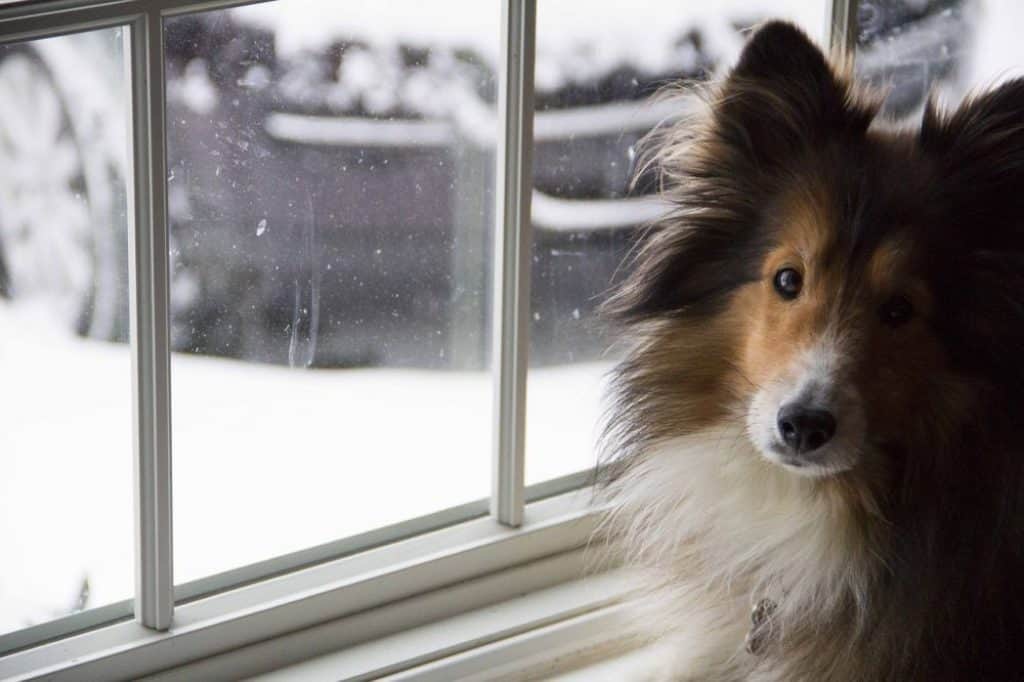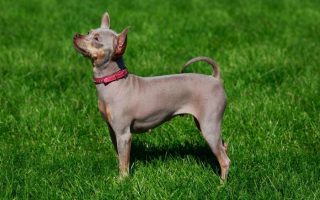Shetland Sheepdogs (commonly known as Shelties) are of medium/small stature developed initially for herding sheep and ponies at farms.
Due to their Collin roots, they are not only working dogs; they are also brilliant and capable companions that highlight their popularity for their vigorous and playful nature.
However, you’ve likely heard about how much they shed as well, so you might be wondering:
Do Shetland sheepdogs shed?
The important thing is the other question:
Can you deal with its shedding in case you choose to have one?
These Shetland Sheepdogs shed a lot under certain circumstances.
Of course, they are usually a genuinely fantastic addition as companions; they are also amiable dogs, a characteristic that makes them adorable and marvelous pets for any family.
But you will need to know when and why they shed, as well as how to handle it. If you love to learn more details, stay with me until the end.
In this post I will answer the article’s main question, and among other things like how much fur you ought to expect to see in the house and how to order it correctly.
[wpsm_toplist]
Do Shetland Sheepdogs Shed?

Yes, Shetland Sheepdogs shed. Although they are wonderful dogs, they are dogs that have so much hair that it means they are shedding a lot of hair.
Having a double-layered coat that is hairy, long and dense, makes them one of the more likely to shed. They shed a lot during most of the year, particularly more during seasons like spring and fall.
Their owners are often shocked to see exactly how much they shed.
For this reason, if you want to acquire one while having a family member with allergies, these animals are not suitable for those who wish to own a hypoallergenic or low-shedding dog breed.
And to be sincere, the history of this breed is similar among most sheepdogs.
However, there is good news, and that is that controlling hair shedding is not very difficult. Start by establishing a regimen of appropriate nutrition and regular brushing.
Stay with me to learn:
- When and why they shed.
- How to fix it.
- How much fur should you expect to see in the house?
When Do Shetland Dogs Shed?
When a Shetland dog is a puppy, its coat is only barely an inch long and is not too thick, so there is usually minimal shedding.
But as your dog grows, in that same proportion, you will begin to watch more fur, and therefore, more shedding.
- As puppies, they will acquire thicker pelage around the head and mane, but this coat may not cause much shedding.
- When they reach the age of five, the rest of their fur grows, and you will begin to notice a significant loss of hair.
- After that age, your Shetland Sheepdog will lose hair throughout the year, but there are moments when you even notice it even more.
- Male Shetland Sheepdogs generally have significant shedding once a year, usually right around the shedding season, such as fall and spring.
- Females, on the other hand, tend to shed intensely in addition to the shedding seasons, if it is not sterilized, after each heat cycle (approximately every 6-8 months).
Why Do Shetland Dogs Shed So Much?

As I mentioned at the beginning, initially, these dogs were developed for work in cold climates.
Remember that they are dogs that have created a double-layer coat that keeps them thermally insulated and warm.
- Their pelage is constantly being replenished, so they will naturally lose some hair as the new hairs push out the existing ones. It means that their pelage grows, dies, falls off, and replaces at a much faster rate than other dogs. In addition, when scratching or grooming, they also shed some hair.
- Their undercoats are very thick with a woolly effect that can become tangled if not regularly given proper care. Their outer pelage is long and straight, and it can also become matted if not brushed regularly. Therefore, when these dogs shed, the volume of hair is impressive.
Unless you own a completely hairless breed, you should see some hair in the air around you as usual.
Even if your Shetland is in good shape and you are doing all the exact things, it is typical to watch some fur in the house.
There is simply no way around it.
Of course, when the volume of shed hair exceeds that “normal,” it can be a consequence of things like poor health; take it as soon as you can to your vet.
Are Shetland Sheepdogs Difficult To Groom?
Shetland Sheepdogs are not problematic to groom, but they require brushing at least 2-3 times a week, mainly due to the length and thickness of their coat.
Due to the characteristics of their coat, it is not necessarily “difficult” to brush or maintain, but it is abundant, so that takes longer to brush than a short-haired dog. Also, it is more prone to matting and knots.
Remember to brush it regularly.
And since it sheds a lot, you will naturally need to brush it more often during detach season, which typically happens a couple of times a year.
What Type Of Brush Should I Use?
[amazon box=”B000ES6DJ0″]
Choose the one of your preference, the one of your taste and comfort. But keep in mind that some are more appropriate than others.
For example, for me, the most [amazon link=”B000ES6DJ0″ title=”polished brush” link_icon=”amazon” /] is an excellent brush for dogs of longer hair, like the Sheltie. It is one of the ones that I like to use.
But you can use a metal comb and pin brush for general maintenance.
[amazon box=”B07P2N8HQH”]
To help you groom the coat, you can’t miss a [amazon link=”B07P2N8HQH” title=”undercoat rake” link_icon=”amazon” /].
This type of brush removes flyaway hair from your dog’s outer layer and undercoat.
Can You Shave Or Cut Your Sheltie’s Fur?
Keep in mind that these dogs’ fur protects them in hot and cold climates and helps safeguard them from sunburn and windburn.
Therefore, you should never trim your Sheltie’s coat close to the skin unless specifically recommended by your vet.
How Much Of Your Shetland Shepherds’ fur Should You Expect To See In The House?

It is known that there is no way to stop shedding completely.
You also understand that if you choose to have a Shetland sheepdog, you should get used to seeing some shedding in the house.
You will spot it on your clothes, your furniture, floors, and upholstery. Basically, anywhere you roam.
The amount of hair you should expect to see in your home is what you can bear to see.
However, you can reduce excessive shedding and operate the situation not to spend so much time collecting up loose dog hair.
And although there are several methods to do this, I will only mention three basic actions:
1. Diet
[amazon box=”B0009YYK0I”]
One of the easiest techniques to do this is to make sure your companion is eating a healthy, well-adjusted diet made up of high-quality dog foods.
Talk to your veterinarian about selecting the precise food for your furry friend, as this can make a big difference.
2. Toilet
If you’re wondering: What about washing and other grooming needs?
Shetlands do not need to bathe very often; they are very hardy. That is, they require baths occasionally.
However, you should trim their nails and clean their teeth and ears relatively frequently, as with most canines.
3. Vacuuming
Once you’ve tackled shedding with appropriate nutrition and grooming, vacuuming is your best bet for minimizing the existence of canine hair in your home.
The more coherent you are with the first two actions, you may have to spend less time on this and operate the situation.
Conclusion
Do Shetland sheepdogs shed?
Yes, although they make up for it by being adorable, robust, and intelligent dogs, as well as excellent workers and companions.
Unfortunately, they tend to shed a lot of hair, so they are not the better choice for people who:
- Cannot bear to see fur in the house.
- Want/wish a non-allergenic dog.
When you want or if you already have a Sheltie, you will only have to deal with a bit of hair as follows:
Effectively Managed
Remember the good news given. Despite being laborious to stop the shedding completely, it is effectively managed.
Therefore, it is possible to reduce the amount of hair accumulated in the house significantly.
Clean Regularly
If you want to keep the amount of hair in the house under control, regular brushing and trimming of your dog’s coat are key.
This will help control any stray fur that would end up all over your home.
Give Them Their Own Space.
Although most dogs can rest on the floor, giving your Shetland a bed for quiet sleeping, protection from the cold, sun, and rain will reduce the preference of your “best friend” to lie on your furniture or carpet.
This will help you, to the extent of how you educate it, to have fewer areas where you must vacuum its coat.






